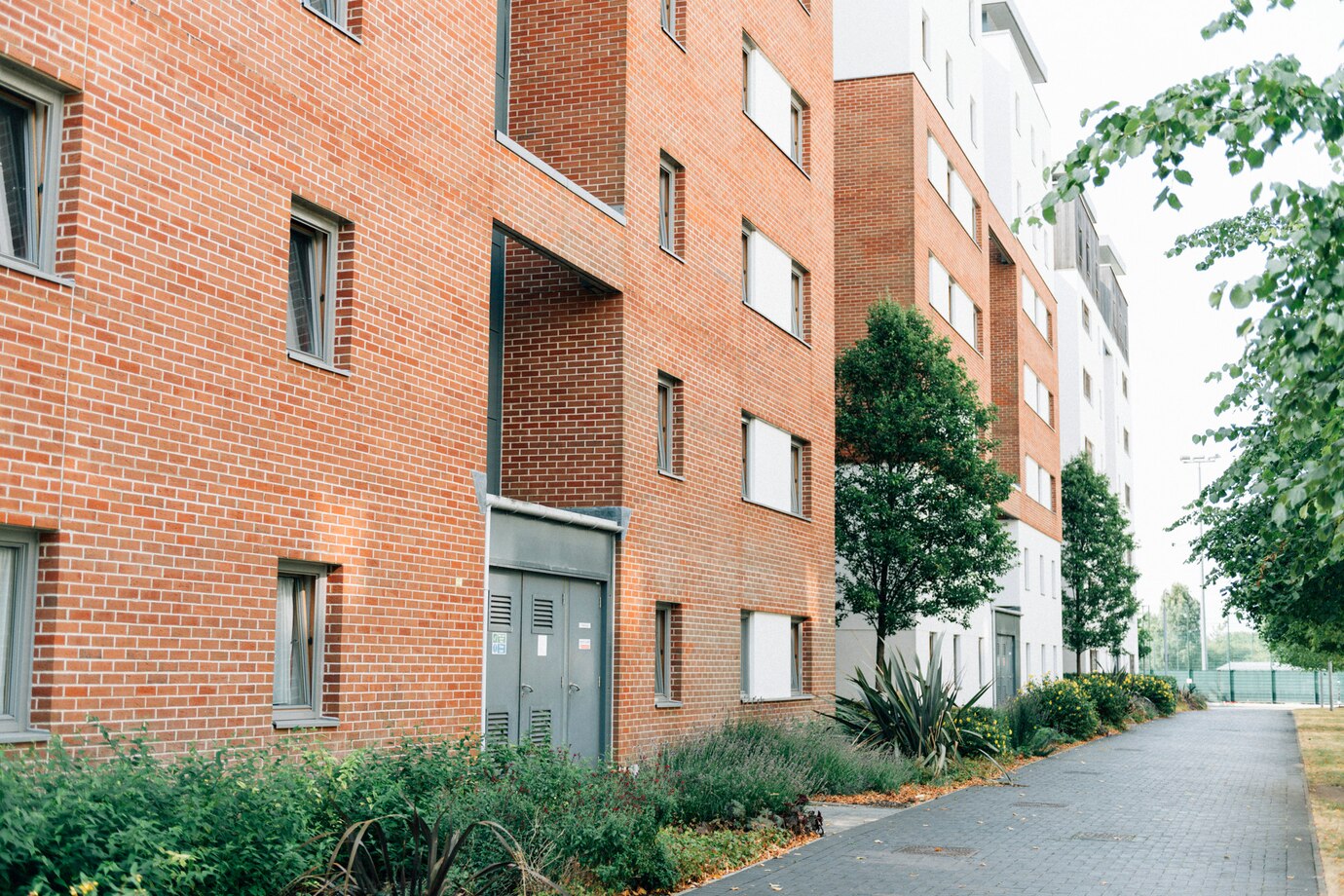Living in co-ownership is a reality for many households, particularly in urban areas. This housing model, based on cohabitation and collective management of a building, offers numerous benefits but also involves specific obligations and challenges. Here’s an overview of the particularities of co-ownership living and some tips for making the most of it.
- Co-Ownership FeesCo-owners must financially contribute to expenses related to the maintenance and repair of shared areas. These costs can be significant, particularly in well-equipped buildings (elevators, gardens, security systems).
-
Collective Decision-Making
Major decisions, such as renovations or changes to regulations, are voted on during general meetings. Reaching a consensus can be challenging, and some decisions may not please everyone. -
Disputes Between Co-Owners
Conflicts may arise over noise, the use of shared spaces, or non-compliance with regulations, often requiring mediation to resolve. -
Administrative Management
Co-ownership requires rigorous organization: holding general meetings, drafting budgets, and overseeing work. These responsibilities typically fall to the property manager.
The Advantages of Co-Ownership Living
-
Cost Sharing
Maintenance, repair, or improvement costs for shared areas (roof, elevator, collective heating, etc.) are split among co-owners, reducing individual expenses. -
Shared Services
Some buildings offer shared services like a concierge, coworking space, or bike storage, which simplify residents’ daily lives. -
Social Interaction
Co-ownership encourages neighborly interactions and relationships, fostering a sense of community. -
Legal Protection Framework
Co-owners benefit from a clear legal framework that governs relationships among them and protects their rights.
Best Practices for Living Well in Co-Ownership
-
Participate in Co-Ownership Activities
Attending general meetings helps you understand the issues, vote on decisions, and share your opinions. -
Respect the Co-Ownership Rules
These rules govern the use of shared spaces, permitted renovations, and even schedules to avoid disturbances. -
Promote Dialogue
Maintaining good relationships with neighbors creates a peaceful environment and facilitates conflict resolution. -
Anticipate Costs
Planning a budget for regular expenses and upcoming repairs helps avoid financial surprises. -
Hire a Good Property Manager
Whether professional or volunteer, the property manager plays a key role in co-ownership management. A competent manager ensures effective and transparent administration.
Conclusion
Living in co-ownership requires a balance between individual rights and collective responsibilities. This housing model offers many advantages but relies on the ability of co-owners to collaborate and respect shared rules. Open communication, active participation in management, and a solid understanding of the challenges are the keys to a harmonious and well-managed co-ownership experience.

